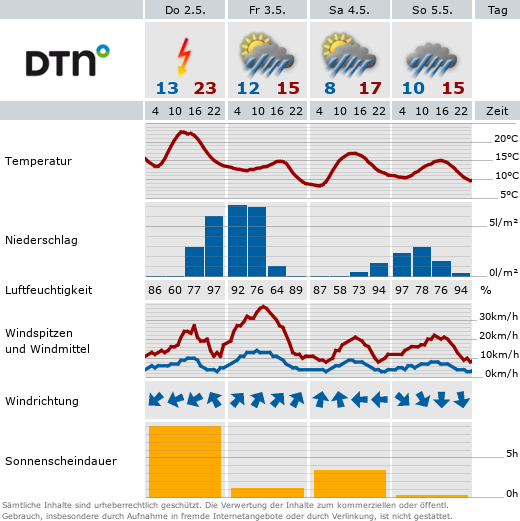Bisexuality (Bi+sexuality), the / bisexual (adj.)
Bisexuality is derived from the Latin prefix bi- for two and describes the sexual orientation in which a person is romantically and/or sexually attracted to two or more genders and/or sexes. The term bi+sexuality is also used to extend the prefix bi-.
Which genders a bisexual person is attracted to varies by individual (Swan & Habibi 2018). For example, bisexual people may be attracted to women and men, or to women and ⇒ non-binary people, or to men, women and non-binary people.
There are different and controversial definitions of bisexuality. In particular, the differences relate to which genders bisexual people's desire is directed toward, whether their own gender is or must be included in their desire, and the extent to which sexuality is acted out with all of these genders (Baumgartner & Malipaard, 2021, Swan 2018). Therefore, there is no single definition for bisexuality (Swan 2018).
The social image of bisexuality is affected by stereotypes, clichés, and prejudices, which vary depending on the gender of the bisexual person. For example, psychologists D. Joye Swan and Shani Habibi have shown in their work that society is considerably more tolerant of sexual contact between two women and continues to describe them as ⇒ heterosexual. In contrast, if a man has sex with another man, he is categorized as ⇒ homosexual (Swan & Habibi 2018, p. 40f.). At the same time, bisexuality is considered transitional or needs to be "proven" in that bisexual individuals must have relationships with at least two genders in order to truly be considered bisexual (Baumgartner & Malipaard, 2021, p. 7). Because of these assumptions, bisexuality is claimed to be incompatible with monogamous relationship concepts or fidelity (Baumgartner & Malipaard, 2021, p. 6).
Bisexual people, unlike homosexual people, break not only with the heterosexual norm of society, but also with a ⇒ monosexual order. The latter refers to society's dividing line between homosexual and heterosexual desire and the assumption that people are permanently attracted to only one gender (Roberts et al. 2015).
Bisexuality is a sexual orientation in its own right. It is defined by one's romantic and/or sexual desires and not validated by sexual experiences, current partners, or societal assumptions.
Last updated: April 2025
Sources (in German)
-
Baumgartner, R. & Maliepaard, E. (2021): Bisexuality in Europe: Sexual Citizenship, Romantic Relationships, and Bi+ Identities. Routledge.
-
Swan, D. J. & Habibi, S. (2018): Bisexuality: Theories, Research, and Recommendations for the Invisible Sexuality. Springer.
-
Swan, D. J. (2018): Defining Bisexuality: Challenges and Importance of and Toward a Unifying Definition. In: Swan, D. J. & Habibi, S.: Bisexuality: Theories, Research, and Recommendations for the Invisible Sexuality. Pp. 37–60.
-
Roberts, T. S.; Horne, S. G. & William, H.T. (2015): Between a Gay and a Straight Place: Bisexual Individuals’ Experiences with Monosexism. In: Journal of Bisexuality 15/4. Pp. 554–569.
The glossary is meant to evolve through mutual exchange with readers.
We regularly put the definition of a term up for discussion under #klargestellt. Do you have questions or suggestions? Join the discussion and contribute to a better understanding of the terms! We welcome your feedback to: shk.gleichstellung@verwaltung.tu-dortmund.de






